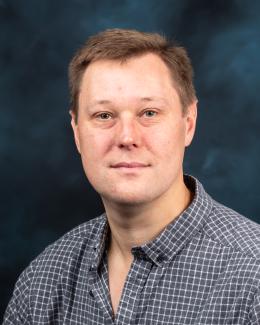Abstract
The design and performance of a new Compton-suppressed HPGe and charged-particle array, CLARION2-TRINITY, are described. The TRINITY charged-particle array is comprised of 64 Cerium-doped Gadolinium Aluminum Gallium Garnet (GAGG:Ce) crystals configured into five rings spanning 7–54 degrees, and two annular silicon detectors that can shadow or extend the angular coverage to backward angles with minimal -ray attenuation. GAGG:Ce is a non-hygroscopic, bright, and relatively fast scintillator with a light distribution well matched to SiPMs. Count rates up to 40 kHz per crystal are sustainable. Fundamental characteristics of GAGG:Ce are measured and presented, including light- and heavy-ion particle identification (PID) capability, pulse-height defects, radiation hardness, and emission spectra. The CLARION2 array consists of up to 16 Compton-suppressed HPGe Clover detectors ( efficiency at 1 MeV) configured into four rings (eight HPGe crystal rings) using a non-Archimedean geometry that suppresses back-to-back coincident 511-keV gamma rays. The entire array is instrumented with 100- and 500-MHz (14 bit) waveform digitizers which enable triggerless operation, pulse-shape discrimination, fast timing, and pileup correction. Finally, two examples of experimental data taken during the commissioning of the CLARION2-TRINITY system are given: a PID spectrum from 16O + 18O fusion-evaporation, and PID and Doppler-corrected -ray spectra from 48Ti + 12C Coulomb excitation.







